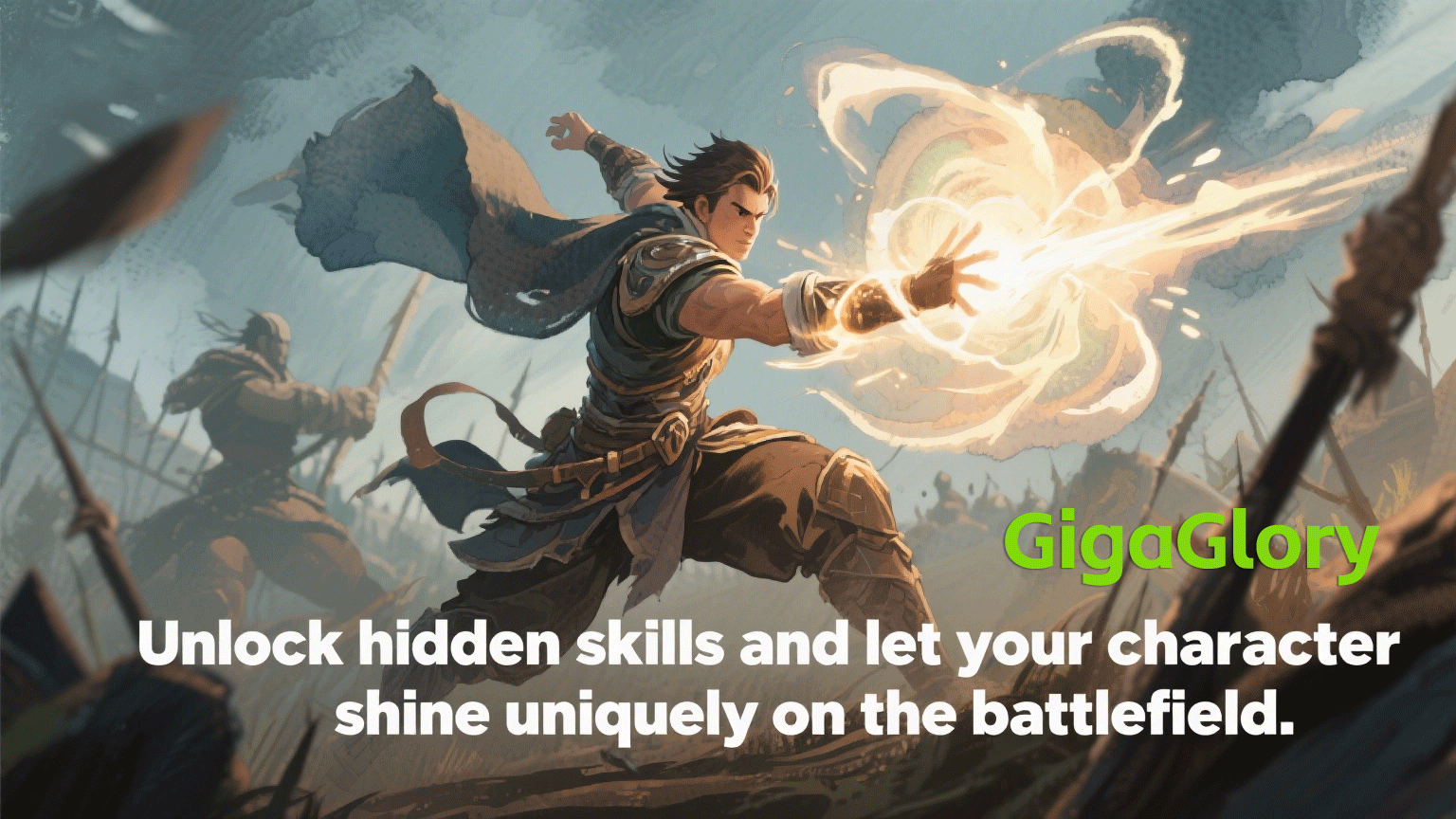Exploring the Impact of Open World Games on Educational Game Development
The Evolution of Open World Gaming
In the vast landscape of video games, open world games have carved out a unique niche. They are not merely pixels on a screen; they are immersive worlds that invite players to explore, engage, and evolve their skills. Unlike the linear narratives of traditional games, open world titles provide a tapestry of stories, quests, and interactions. Just think of how “The Legend of Zelda: Breath of the Wild” allows players to carve their own paths through a breathtaking kingdom.
Open World vs. Educational Game Development
The intersection of open world gaming and educational game development is a frontier buzzing with potential. Imagine a classroom where the students are not just passive listeners but active participants in their own learning journey. Educational games, particularly those that incorporate elements of story mode games free, offer a chance to harness the engaging power of open world environments.
Here is a table showcasing the key differences between traditional educational games and those that utilize open world mechanics:
| Traditional Educational Games | Open World Educational Games |
|---|---|
| Linear progression | Exploration-based progression |
| Fixed objectives | Dynamic quests and challenges |
| Limited interaction | Rich social and environmental engagement |
| Standard assessments | Personalized learning experiences |
Benefits of Open World Elements in Education
Integrating the essence of open world games into educational contexts expands the horizons of engagement.
- Engagement: The freedom to explore allows learners to stay invested in the process.
- Critical Thinking: Players encounter challenges that require imaginative problem-solving.
- Autonomy: Learners feel a sense of control over their learning paths.
- Collaboration: Online multiplayer elements foster teamwork and communication skills.
Challenges to Consider
However, all that glitters is not gold. The journey to embracing open world elements in educational gaming is littered with challenges. Game developers must ensure:
- Accessibility: Games must be inclusive, accommodating various learning abilities.
- Curriculum Integration: Aligning game mechanics with educational standards is vital.
- Managing Screen Time: Striking a balance between play and other forms of learning is crucial.
Conclusion: Bridging Worlds
The potential impact of open world games on the landscape of educational game development is profound. As we traverse this innovative terrain, it is essential to recognize that behind every successful game lies a heart—an emotional connection that invites us to learn and grow. The lessons we discover may just be the key to unlocking the future of education. So, what does potato skins go with? Perhaps, just as flavors combine to create delightful dishes, the fusion of open world gaming and education can yield rich experiences for the learners of tomorrow.



